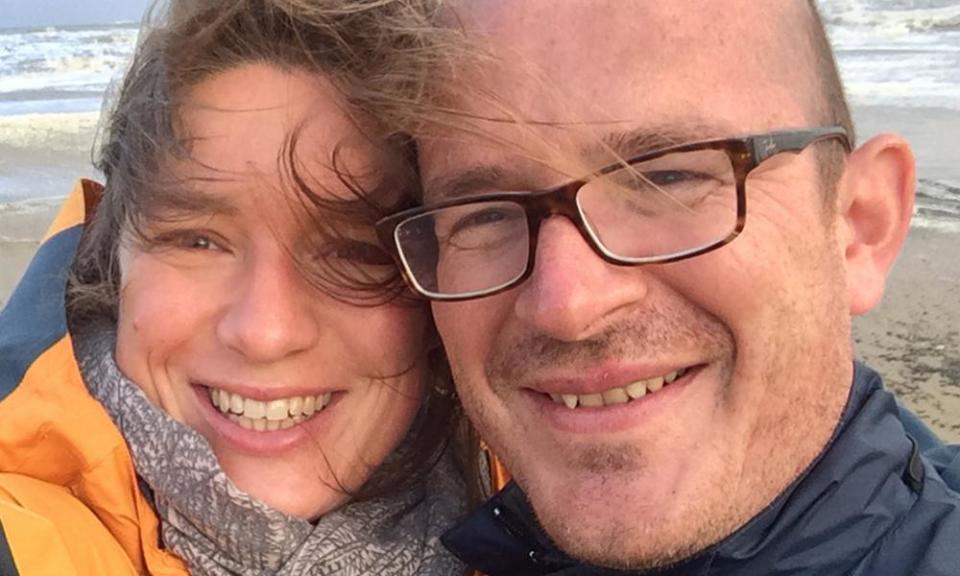'They’re coming to get me': troubled student who killed an academic

Jeroen Ensink’s widow, Nadja Ensink-Teich, had one key question for his inquest: how could his killer be armed with a knife and at liberty on the day he stabbed the public health academic.
Seven months earlier Timchang “Femi” Nandap, a Nigerian student then aged 23, had been arrested after witnesses saw him brandishing a kitchen knife and acting strangely in the street where his sister lived. He began shadow boxing with a stranger, walked up and down the road, sat on the steps of his sister’s flat toying with the blade, then shinned up a drainpipe and entered a first floor window.
He was arrested after a violent struggle and a knife was found on a window sill. He was bailed. Then, on 23 December 2015, charges of possessing a bladed article and assaulting a police officer were dropped.
Six days later, Ensink, 41, a senior lecturer in environmental health at the London School of Hygiene and Tropical Medicine who had just become a father, was dead.
Nandap, a complete stranger in the grip of psychosis, had stabbed him yards from his Islington home in north London as he posted cards announcing the birth of his daughter, Fleur. The Soas University of London student was later convicted of manslaughter due to diminished responsibility and sentenced to an indefinite hospital order.

The three-week inquest, which focused on the months between Nandap’s arrest in May 2015 and Ensink’s killing in December, heard of missed opportunities to identify his deteriorating mental health.
Nandap’s sister warned police after his arrest in May that he was suffering depression, anxiety, paranoia and hallucinations, and was a heavy cannabis user. Her request to be an “appropriate adult” at his police interview was refused.
Arresting officers had noticed his strange behaviour – “They’re coming to get me. They’re trying to kill me,” he was shouting – and wondered if it could be due to mental illness or drug use. When interviewed, he denied having a knife, but said he had a hammer inside a magazine. When asked why, he replied: “I just do random things, like spy manoeuvres. I’m kind of a funny guy like that.” No alarm bells rang.
The doctor who examined him before the interview confirmed he was given “no information, no markers” on his mental health, because another officer had missed the information on the custody record.
The inquest heard that a Merlin report, the system the Metropolitan police use to flag vulnerable adults to officers, social services and other agencies, was never created in Nandap’s case. Two officers admitted they should have done so, and wished they had. “If I could go back in time ...” one told the jury. The lack of a Merlin meant concerns about mental health were not flagged to others.
Nandap, who had no previous convictions, was bailed until 25 August 2015 because he said he was flying to Nigeria to visit family. He might not even return, one officer thought.
But he did, and with catastrophic consequences.
While in Nigeria he received treatment for anxiety, hallucinations and psychosis at a clinic. In October, he returned to the UK, was arrested at Heathrow and charged over the incident in May. He was bailed for trial on 5 January 2016.
In November a crown prosecutor determined the evidence was too weak for a successful prosecution and on 23 December, charges were dropped. “That decision was incorrect,” Gerallt Evans, a deputy chief prosecutor at the Crown Prosecution Service who conducted a review of the case, told the inquest.
But, the jury was told, if the charges had not been dropped, Nandap would still have been on bail and free to be on that street, armed with that knife, on that day when Ensink was killed.

 Yahoo News
Yahoo News 
